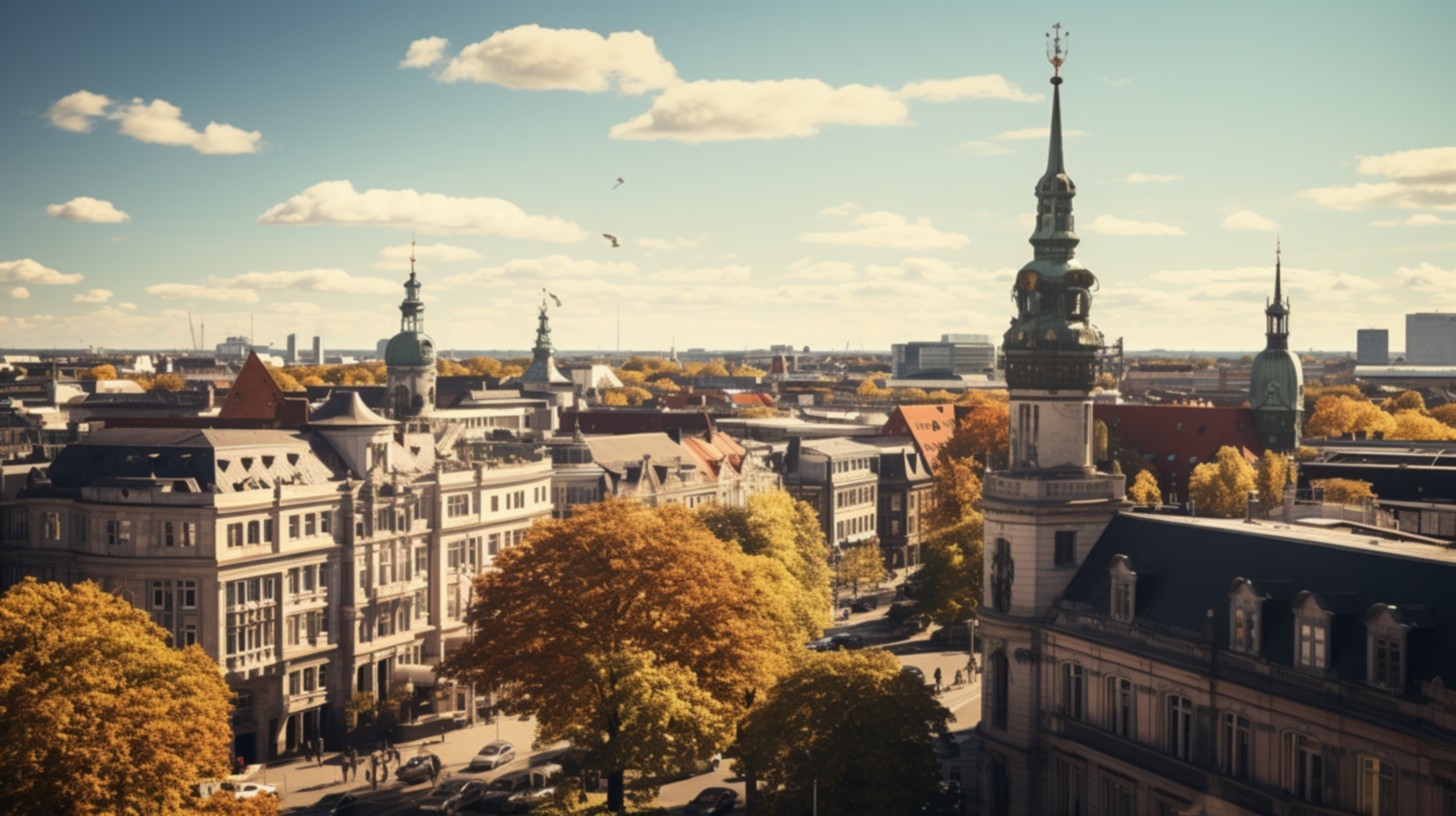Urban Nightlife
When did nightlife begin?
Urban nightlife, as we perceive it at present, began to take shape in the late nineteenth and early twentieth centuries, significantly in major cities around the world.
The Rise of Urban Nightlife
During this time, industrialization and urbanization led to a major enhance in population density in cities. With more people dwelling in city areas, the demand for leisure options after darkish grew.
Key Influences
Several components contributed to the development of nightlife:
- Prohibition Era (1920-1933 within the U.S.) – This led to the rise of speakeasies and underground bars, making a vibrant and somewhat illicit nightlife scene.
- The Jazz Age – The Nineteen Twenties saw the emergence of jazz clubs, which played a vital role in shaping city nightlife, particularly in cities like New York and Chicago.
- Nightclubs and Dance Halls – Post-World War II, the institution of nightclubs and dance halls became popular, OP offering areas for socializing, dancing, and live music.
Modern Nightlife
Today, city nightlife encompasses a big selection of experiences, together with bars, clubs, late-night eateries, and cultural events, reflecting the various interests of urban populations.
Why do most nightclubs fail?
Most nightclubs fail because of a combination of things that can adversely affect their sustainability and enchantment within the aggressive urban nightlife scene.
1. Poor Location: A nightclub’s location performs a important function in its success. If it is situated in an space with low foot site visitors or minimal nightlife exercise, it could battle to attract patrons.
2. Ineffective Marketing: Many nightclubs fail to create a strong brand presence or adequately promote their occasions. Without effective marketing strategies, they may not attain their target audience.
3. Inconsistent Experience: Patrons anticipate a certain degree of service and environment. If a nightclub fails to ship a constant expertise in terms of music, lighting, and service, it can result in a decline in common clients.
4. High Operational Costs: The bills related to operating a nightclub—including rent, staffing, and inventory—can be important. If these costs aren’t managed properly, they will rapidly eat into earnings.
5. Lack of Differentiation: In a saturated market, nightclubs that fail to supply one thing distinctive might battle to face out. A lack of distinctive options or themes can result in decreased patron interest.
6. Failure to Adapt: The nightlife business is ever-evolving. Clubs that do not sustain with changing music developments, customer preferences, and expertise can simply fall behind, dropping their relevance.
7. Regulatory Challenges: Nightclubs often face stringent laws relating to noise, alcohol licensing, and capacity limits. Navigating these authorized hurdles could be challenging and dear.
In summary, a nightclub’s failure typically results from a combine of poor preliminary selections, incapability to adapt, and failure to create a memorable expertise for its clients. Addressing these issues can enhance the chance of success in the urban nightlife panorama.
What is the meaning of metropolis club?
A metropolis club sometimes refers to a non-public institution within an urban area that gives quite lots of amenities, services, and leisure options for its members. These clubs can operate as social hubs the place people gather to relax, network, and revel in nightlife actions.

Features of a City Club
City golf equipment typically present:
- Dining services: Restaurants and cafes that serve diverse cuisines.
- Entertainment: Live music, dance flooring, and particular occasions to engage members.
- Networking opportunities: A platform for professionals to satisfy and type connections.
- Exclusive events: Members-only gatherings, events, and celebrations.
Urban Nightlife Experience
In the context of urban nightlife, metropolis clubs serve as vibrant venues that contribute to the town’s after-dark economic system. They play a big function in enhancing the social fabric of urban residing by offering areas where people can unwind and enjoy the dynamic environment of metropolis life.